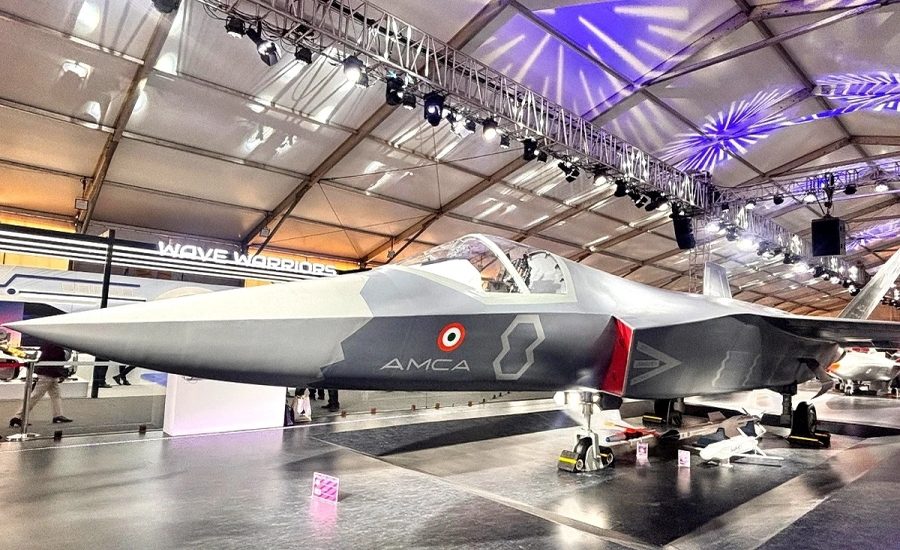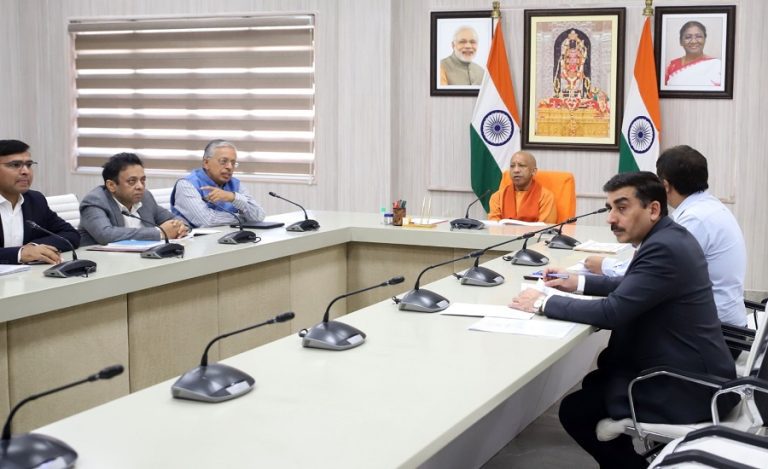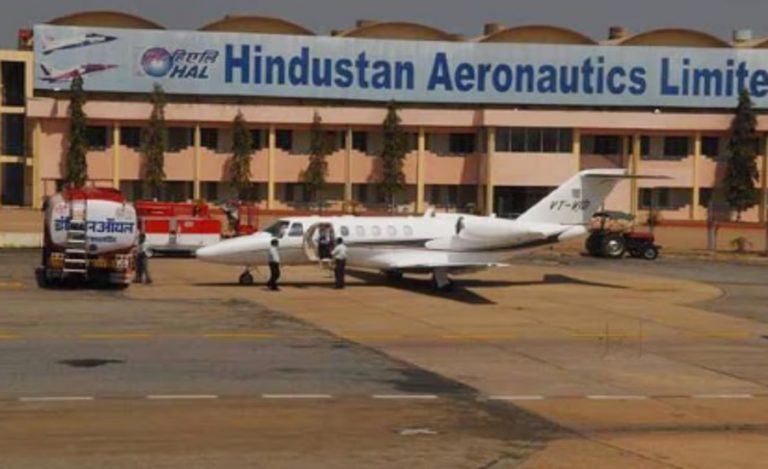In a major boost to India’s indigenous defense capabilities, the Aeronautical Development Agency (ADA) is establishing an Advanced Iron Bird Test Facility dedicated to the country’s flagship Advanced Medium Combat Aircraft (AMCA) program.
The cutting-edge facility represents a quantum leap in India’s aerospace testing infrastructure and is set to dramatically accelerate the development timeline of the nation’s first fifth-generation stealth fighter.
AMCA Stealth Fighter Program: What Makes This Facility Critical?
The Iron Bird Test Facility is essentially a sophisticated ground-based replica of the AMCA’s complete subsystems. It creates a controlled environment where engineers can simulate real-world operational flight conditions without actually taking the aircraft airborne.
This innovative approach allows for rigorous testing and validation of critical onboard systems including flight controls, avionics, and hydraulic mechanisms before they are integrated into actual prototypes.
The facility will enable hardware-in-the-loop (HIL) testing, providing invaluable data on how different systems interact under various operational scenarios. This significantly reduces developmental risks and costs associated with traditional flight testing.
AMCA Stealth Fighter Program: Timeline and Operational Readiness
According to recent media reports, the Advanced Iron Bird facility is scheduled to become fully operational within 30 months. This aggressive timeline reflects ADA’s commitment to maintaining momentum in the AMCA development program.
The facility’s operational readiness perfectly aligns with the broader AMCA program schedule, which includes prototype rollouts beginning in late 2026 or early 2027, maiden flight by 2028, and targeted serial production by 2035.
Industry sources indicate that ADA has already issued a Request for Proposals (RFP) for the facility’s establishment, marking the transition from planning to execution phase.
Sophisticated Testing Capabilities
The Iron Bird facility will host an array of advanced components and systems that mirror the AMCA’s actual configuration. These include:
- Digital flight control computers: Manage the aircraft’s fly-by-wire systems.
- Auxiliary computers: Handles secondary functions and mission-critical operations.
- Mission management systems: Integrates sensor data, weapons control, and tactical information.
- Hydraulic system simulators: These are equipped with variable speed electric motors to replicate actual aircraft hydraulic loads under different flight conditions.
The facility will enable comprehensive testing of the Integrated Flight Control System (IFCS) and associated subsystems, crucial for validating the jet’s advanced fly-by-wire systems, safety mechanisms, and avionics fusion technologies.
Strategic Significance for AMCA Stealth Fighter Program
As India’s flagship indigenous stealth multi-role fifth-generation fighter, the AMCA represents a technological milestone in the country’s defense manufacturing journey.
The Advanced Iron Bird Facility forms a cornerstone of the prototype development and certification process.
The facility will enable early detection and rectification of system integration issues, ensuring smoother flight trials and faster development cycles. This proactive approach to testing and validation is expected to save significant time and resources.
Defense analysts note that such advanced testing infrastructure positions India among an elite group of nations with indigenous fifth-generation fighter development capabilities, alongside the United States, China, and Russia.
AMCA Stealth Fighter Program: Atmanirbhar Bharat in Action
The establishment of this state-of-the-art facility underscores ADA’s commitment to Atmanirbharta (self-reliance) in aerospace and defense technology. It demonstrates India’s growing indigenous capability in handling complex aerospace programs from concept to certification.
The Ministry of Defence and ADA are also finalizing industry partners for the AMCA program, with selection expected by mid-2026. Seven Indian firms and consortia have submitted bids, reflecting strong domestic industry participation.
The AMCA program has secured approval for five prototypes, with the first prototype structural assemblies already under production following work orders released by ADA earlier this year.
Road Ahead for AMCA program
The AMCA program is designed as a medium-weight deep penetration fighter jet with advanced stealth features. The aircraft will feature internal weapons bays, composite materials, and cutting-edge avionics integrated with sensor fusion technology.
Air Chief Marshal AP Singh has expressed optimism about the AMCA timeline, highlighting the aircraft’s crucial role in air superiority, ground strikes, and electronic warfare capabilities for the Indian Air Force.
The program has successfully cleared feasibility, preliminary, and detailed design phases, and is now firmly in the prototype development stage. Certification is targeted by 2032, followed by operational induction by 2034-35.
India plans to acquire 120 AMCA jets for the Air Force, with a naval variant also under consideration for aircraft carrier operations.
Global Context
The AMCA development comes at a time when regional security dynamics necessitate advanced air power capabilities. The aircraft is positioned as India’s answer to fifth-generation fighters being inducted by neighboring countries.
With engine development partnership secured with France’s Safran under the Horizon 2047 strategic partnership framework, the AMCA program has addressed one of its most critical technological challenges.
The Advanced Iron Bird Test Facility represents not just a testing infrastructure but a symbol of India’s maturing aerospace ecosystem. As the facility takes shape over the next 30 months, it will serve as the backbone for validating the complex systems architecture of India’s most ambitious fighter aircraft program to date.



























